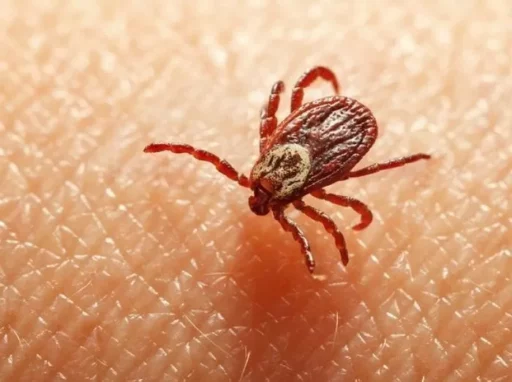SFTS Patient Treatment Results in 7 Medical Staff Secondary Infections… Confirming the Importance of Personal Protective Equipment
Seven medical staff members treating a patient with Severe Fever with Thrombocytopenia Syndrome (SFTS), a tick-borne infectious disease, were exposed to the patient’s blood and bodily fluids, resulting in secondary infections.
According to the Korea Disease Control and Prevention Agency on the 1st, the medical staff in an intensive care unit at a general hospital in Cheongju were exposed while performing cardiopulmonary resuscitation on patient A (69) suffering from severe SFTS.
Patient A showed symptoms of fever on the 2nd of last month and was hospitalized in a hospital in Boeun on the 4th, but her condition did not improve. She was transferred to a general hospital in Cheongju on the 5th and further deteriorated on the 9th, necessitating her transfer to a higher-level general hospital. Despite intensive treatment, A’s condition rapidly worsened, and she unfortunately passed away during cardiopulmonary resuscitation on the 11th.

Between the 17th and 20th of last month, nine medical staff members who participated in A’s cardiopulmonary resuscitation developed symptoms such as fever, headache, muscle pain, and diarrhea. Among them, seven tested positive for SFTS after confirmatory diagnostic tests.
Epidemiological investigations revealed that these staff members were exposed to the patient’s blood and bodily fluids during medical procedures such as intubation, sputum suction, mechanical ventilation, and cardiopulmonary resuscitation. It was particularly noted that the duration of these procedures expanded the extent of exposure for the medical staff.
The secondary-infected medical staff members have since received appropriate treatment and are currently showing improvement in symptoms.

The Korea Disease Control and Prevention Agency stated, “We are conducting follow-up observations for 28 days, double the maximum incubation period (14 days), targeting the medical staff directly exposed to the patient’s bodily fluids, funeral directors, and those indirectly exposed who may be at risk of infection.”
Additionally, they explained, “We are carrying out epidemiological investigations on all contacts, and since there is no concern about additional transmission, we will not disclose the names of the medical institutions the patient visited.”
SFTS is primarily contracted through bites from infected ticks, but human-to-human transmission can occur through exposure to the blood or bodily fluids of severely ill patients or deceased individuals.
As of now, there have been a total of 35 cases of secondary human transmission of SFTS since 2014, with 34 of them involving medical staff and 1 involving a funeral director. Most of these cases involved medical staff who performed emergency procedures such as cardiopulmonary resuscitation or intubation, or funeral directors responsible for the embalming of deceased patients.

SFTS currently has no specific treatment or preventive vaccine, and the fatality rate among domestic patients is as high as 18.5%. Health authorities emphasize that taking personal protective equipment measures during outdoor activities or when treating SFTS patients is essential for prevention.
Jeong Mi-kyung, the Director of the Korea Disease Control and Prevention Agency, urged, “This case has reaffirmed the risk of secondary infections in medical institutions, so I request all medical personnel to thoroughly adhere to infection control practices, including wearing personal protective equipment when treating SFTS patients.”
She also emphasized, “Since SFTS occurs from tick bites during farming or outdoor activities, please wear long clothing, hats, and socks to reduce exposed areas and use repellents.”
Image source: Reference images for understanding the article / gettyimagesbank, unrelated reference images / gettyimagesbank


